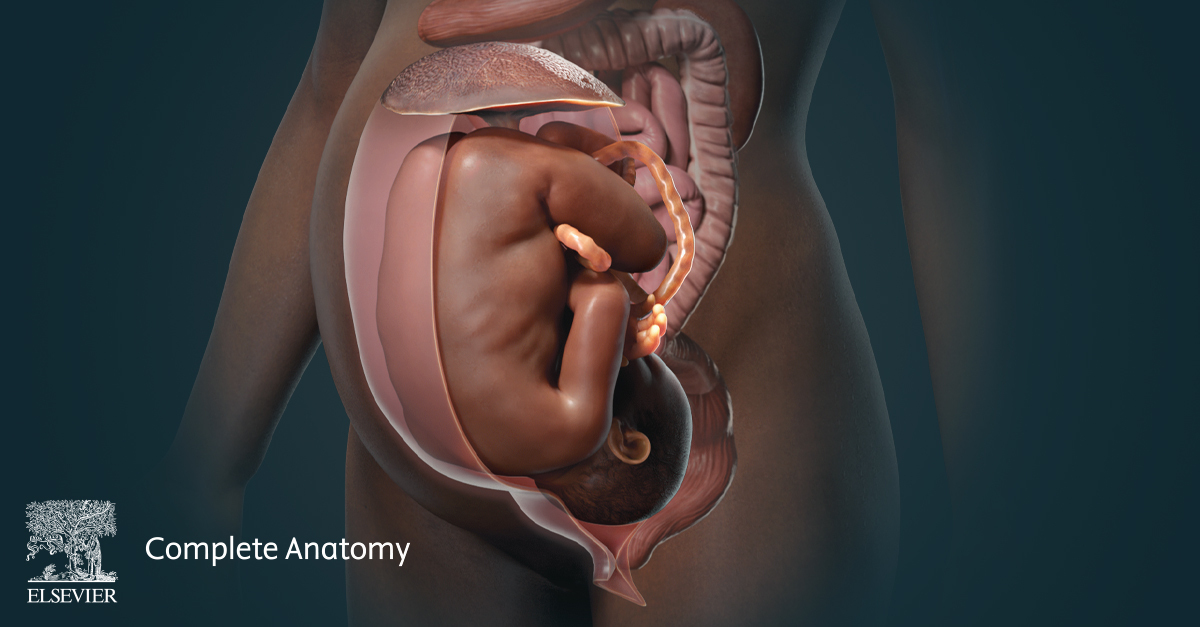
So much happens in the body throughout the duration of pregnancy. In this post we will be focusing on the anatomical and physiological changes of organs that change to accommodate for the growing fetus. The complex metabolic demands the pregnant body requires urges changes that affect almost all organ systems. Not to mention the placenta adding another layer of complexity. These changes can often challenge clinicians to understand or interpret presenting signs, symptoms and tests. Below we will focus on a few points in the cardiovascular, gastrointestinal and renal systems.
Cardiovascular system
During pregnancy the heart is displaced laterally to the upper left due to the progressively elevated diaphragm. In relation to an increase in blood volume, the left ventricle’s muscular wall is enlarged. With a cardiac exam, mild tachycardia, peripheral edema, jugular venous distention, and lateral displacement of the cardiac apex may be seen. Another symptom that can be experienced is presyncope (feeling you are about to faint) due to pressure on the inferior vena cava, which results in decreased venous return to the heart.
Cardiac output is about 40-50% higher within the third trimester. During labor the cardiac output increases further as a result from the increased blood flow during contractions.
Gastrointestinal System
A common symptom during pregnancy is heartburn. This is due to the decrease in gastric secretion pH combined with a decrease in the lower esophageal sphincter tone and increase in other secretions. The hormone progesterone causes the decrease of the tone of the sphincter. Its action on the smooth muscle cells also contributes to nausea and vomiting. Delayed gastric emptying can also be experienced by some during different points of pregnancy. According to some studies, this may also be a result from progesterone and estrogen levels increasing. Another cause could come from the physical movement the gastrointestinal tract experiences. As the uterus grows, it can press on parts of the digestive track and in some cases, block it.
Renal System
Anatomically, several changes occur to the renal system. The kidneys increase in size by 1 cm towards the end of the third trimester. This is due to the increase in vasculature and plasma volume in the blood. Additionally, the renal calyces and ureters are dilated in around 80% of patients, most commonly on the right side. Clinically, this can be linked to an increased risk of a urinary tract infection and difficulty in interpreting sonographs of the area. Physiologically, blood flow to the kidneys and altered glomerular filtration rate from hormonal changes increase greatly. This results in reductions in net glomerular oncotic pressure and the increased size of the kidney. Low net glomerular oncotic pressure means that there is increased filtration happening in the kidney’s capillaries, resulting in excess buildup of fluid in the tissues, presenting as edema.
If you found this helpful let us know and we can cover more organ systems affected by pregnancy in the future!